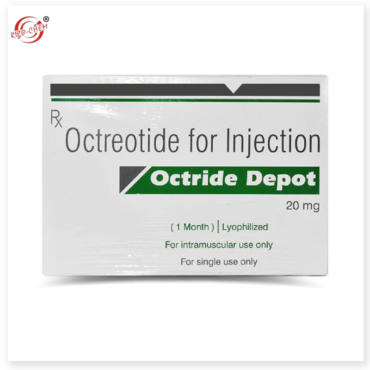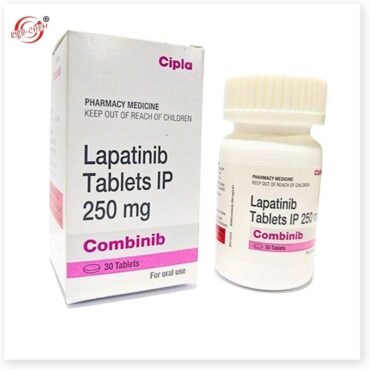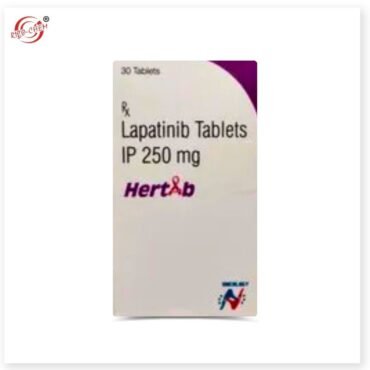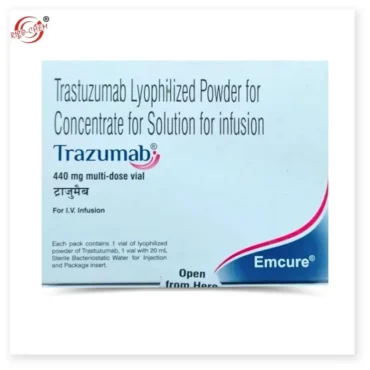Azacitidine Injection 100mg Citaza
Trade Name: Citaza
Manufacturer: Celon Laboratories Ltd
Presentation: Injection
Strength: Azacitidine 100mg
Purpose of Azacitidine Injection 100mg Citaza
Azacitidine Injection also known by its brand name Vidaza, is a cancer medication. It is a treatment for those who are unable to get high-dose stem cell transplant treatment for the following conditions: Chronic myelomonocytic leukemia is a type of leukemia that affects the blood cells (CMML) Acute myeloid leukemia (AML) is a kind of leukemia that affects (AML)
What is the best way to administer Citaza?
Azacitidine Injection 100mg Citaza is administered by a doctor or nurse at a medical office or hospital outpatient department as a powder that is mixed with water and injected subcutaneously (under the skin) or intravenously (into a vein). It’s normally given once a day for seven days.
How quickly does azacitidine start working?
VIDAZA is a long-term therapy. Treatment cycles are administered every 28 days for as long as your doctor prescribes. Your doctor may not notice a difference for several cycles (approximately 4 to 6 months). Your symptoms may reappear if you stop taking treatment.
What are the azacitidine chemotherapy side effects?
- Fatigue.
- Hair loss is a very prevalent problem.
- Bruising and bleeding are extremely prevalent.
- Infection.
- Anaemia is a condition in which a person’s blood levels are low (low red blood cell counts)
- The most frequent negative effects are nausea and vomiting. Appetites shift with time.
- Constipation.
Can you live with azacitidine for a long time?
Patients should be treated with azacitidine for at least 6 months, and treatment should be continued in patients who achieve a documented response or stable disease (sd) until disease progression or unacceptable toxicity occurs.
Is there a distinction between azacitidine and decitabine?
Decitabine medication is substantially related to a greater ORR (P = 0.026) and longer PFS (P = 0.037) when compared to azacitidine treatment, according to multivariate analyses. In response to the two HMAs, there were no significant differences in the occurrence of grade 3 or higher hematologic adverse events.
Check out this Anti Cancer product Azatend 100mg Injection or you may explore more Anti Cancer products by clicking here
We are an exporter from India and work in excess countries like the UAE, Oman, Qatar, Myanmar, Saudi Arabia, Netherlands, Albania, Saint Lucia, Jordan, Romania, South Africa, etc.







